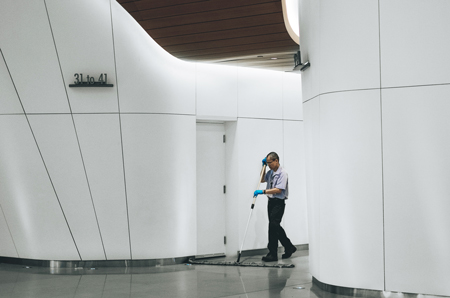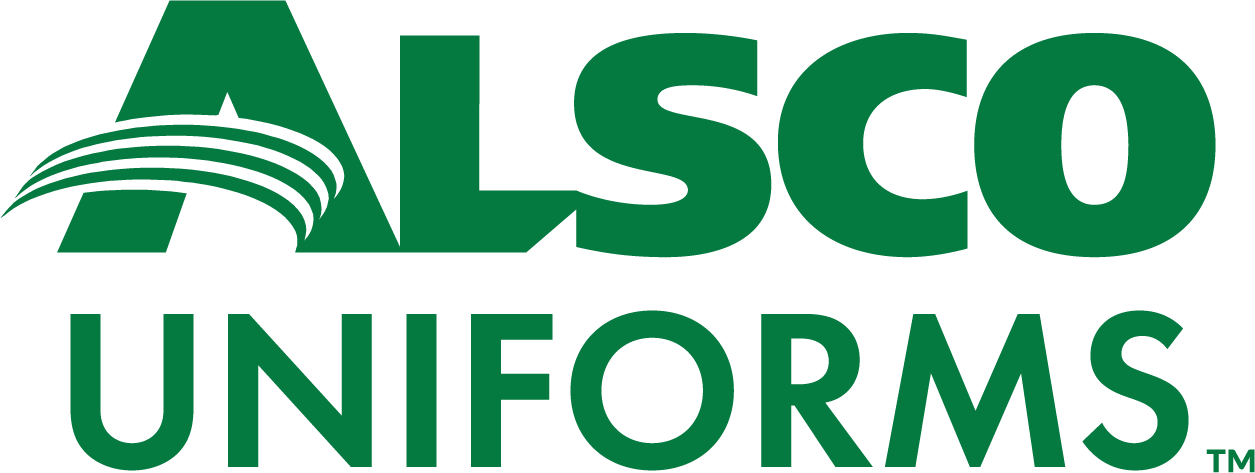
Accidents in the workplace are a major concern for many businesses.
Costs arising from such incidents run into billions of dollars globally every year and employees, their loved ones, employers and the government all bear the burden.
Singapore’s government has made workplace safety a top priority, aiming to make Singapore one of the safest places to work by 2028.
With the Ministry of Manpower set to publish the rates of workplace deaths and injuries for every company in Singapore, it’s important to assess how safe your workplace is.
Consider the simple suggestions outlined below to ensure the wellbeing of everyone on your premises.
Evaluate Safety in Your Workplace
The first step to take in ensuring safety is to assess the current state of your workplace. In so doing, you can identify any potential hazards.
Hazards vary depending on the type of work you do, but they generally fall under four main categories; physical, ergonomic, chemical and biological.
Why not consider engaging professionals to conduct a risk assessment? The results of this assessment will help address safety issues before an accident occurs.
During the evaluation, go over previous incidents in which workers were injured. Was a fully-stocked first aid kit available? Could the incidents have been prevented? Was the person attended to in good time?
At this stage, you could decide to bring occupational physicians on board to enhance the process.
They will assess the unique safety challenges at your workplace, while highlighting best practices to make workplace safety a reality for your organisation.
They will also advise how major and minor accidents should best be handled and provide vital recommendations to help you improve your internal safety evaluations moving forward.
Ultimately, you’ll find that this all goes a long way towards preventing recurrent injuries.
Undertake Safety Orientation and Training
Conducting a safety evaluation will give you a clear picture of how informed people are on safety at your workplace, as well as their level of preparedness.
While results will vary from one setting to another, it’s likely you’ll need to improve your staff’s knowledge on how to respond appropriately when accidents occur.
To do this, go over your safety training. Review every section of the safety policy, add any helpful information that may be missing in your training materials and make training a regular process rather than a one-off affair.
Don’t reserve training for current employees. Instead, make safety training part of your recruitment process when hiring new staff.
According to experts, employees are more likely to be involved in workplace accidents when they are new to the environment. This is because they haven’t had a chance to familiarise themselves with any potential risks.
As such, they may lack knowledge on how to prevent incidents as well as what they should do if something goes wrong.
For this reason, include in-depth training as part of orientation for new employees.
Maintain Order and Cleanliness
A messy workplace is more prone to accidents. From spilt drinks to a heavy box leaning precariously on the edge of a shelf, you and everyone in your workplace could be at risk.
Keep the workspace clean by ensuring that any liquid floor spills are wiped up promptly. Ensure that at the start of every work day, all objects are neatly arranged and make routine checks for anything that could be out of place.
By maintaining cleanliness in the workplace, you’ll prevent infections from going around.
In 2014, a study examined how infections spread in work settings. By applying a virus sample on a doorknob, researchers established that in a few hours, the virus had been picked up by 60% of workers and visitors in an establishment.
Cleanliness impacts the reputation of your workplace as well. You don’t want to leave an unfavourable impression which could deter customers and prospective clients from working with you.
Not only that but employees feel more comfortable and productive in a clean, orderly working environment.
Use Appropriate Signs and Labels
It doesn’t get simpler than this. At times, all you need to do to improve safety is to have everything labelled correctly and ensure that signs are placed where necessary.
Say there’s a lift that’s out of order. Let others know and you’ll avoid a preventable accident.
If a certain chemical shouldn’t be handled with bare hands, communicate this by using a warning sign on the chemical container urging people to wear protective gloves.
These messages can be printed at the office, making it a low-cost, hassle-free undertaking.
Provide and Maintain Proper Equipment

Visit Alsco’s First Aid Kit Rental Services
Employees should have access to appropriate work attire as well as any tools they require in order to complete their daily tasks.
This will avert any compliance issues and keep you from being fined should an inspection be conducted by the relevant authorities.
Employees who are issued with the right working gear are better protected in the event of an accident.
Even when employees are equipped with the right attire and tools, there’s always a possibility that an incident could occur with no warning.
For this reason, it’s important to ensure that first aid kits are accessible throughout the premises. Doing so will not only keep you compliant with regulations but also allow for first aid to be administered quickly.
As opposed to buying first aid kits and having to frequently maintain their contents, you could decide to work with a qualified first aid kit service provider.
Your service provider is not only responsible for supplying the first aid kits but also for replacing their contents, performing routine checks and ensuring you comply with Workplace Safety and Health regulations. They can also install non-obtrusive, easily accessible storage cabinets as needed.
Make Stretch Breaks Routine
Fatigue is common whether your work entails spending hours at a desk or completing physically demanding tasks.
Just like fatigue, poor posture and repetitive movement could pose an ergonomic hazard.
For this reason, allow for regular intervals in which everyone at work can stretch and actively move around even for a few minutes at a time.
By doing this, employees get to ease any muscle tension, improve blood circulation and become more alert and thus less prone to accidents.
Offer Rewards for Safe Conduct
Rewarding those who adhere to safety guidelines is a good way to encourage them to continue doing so.
It shows that you’ve noticed their efforts and support their good conduct.
Another benefit of offering rewards is that it motivates others to prioritise safety, and over time, you should see the results.
Workplace safety is not only about cutting operational costs. It is an important part of overall wellbeing in society.
Your workplace should always be prepared through training, evaluation and timely first aid.
Working with a managed first aid kit service provider is a smart move that makes achieving workplace safety easier and less costly.
Regardless of your industry, you will receive kits with long-lasting, high-quality supplies, colour-coded modules that fast track the first aid process, and limitless restocking.
Get in touch with Alsco today. Alsco’s first aid kit rental service is an affordable alternative to buying that’s tailored to meet your specific needs from as little as $1 a day.
Photo: Verne Ho
